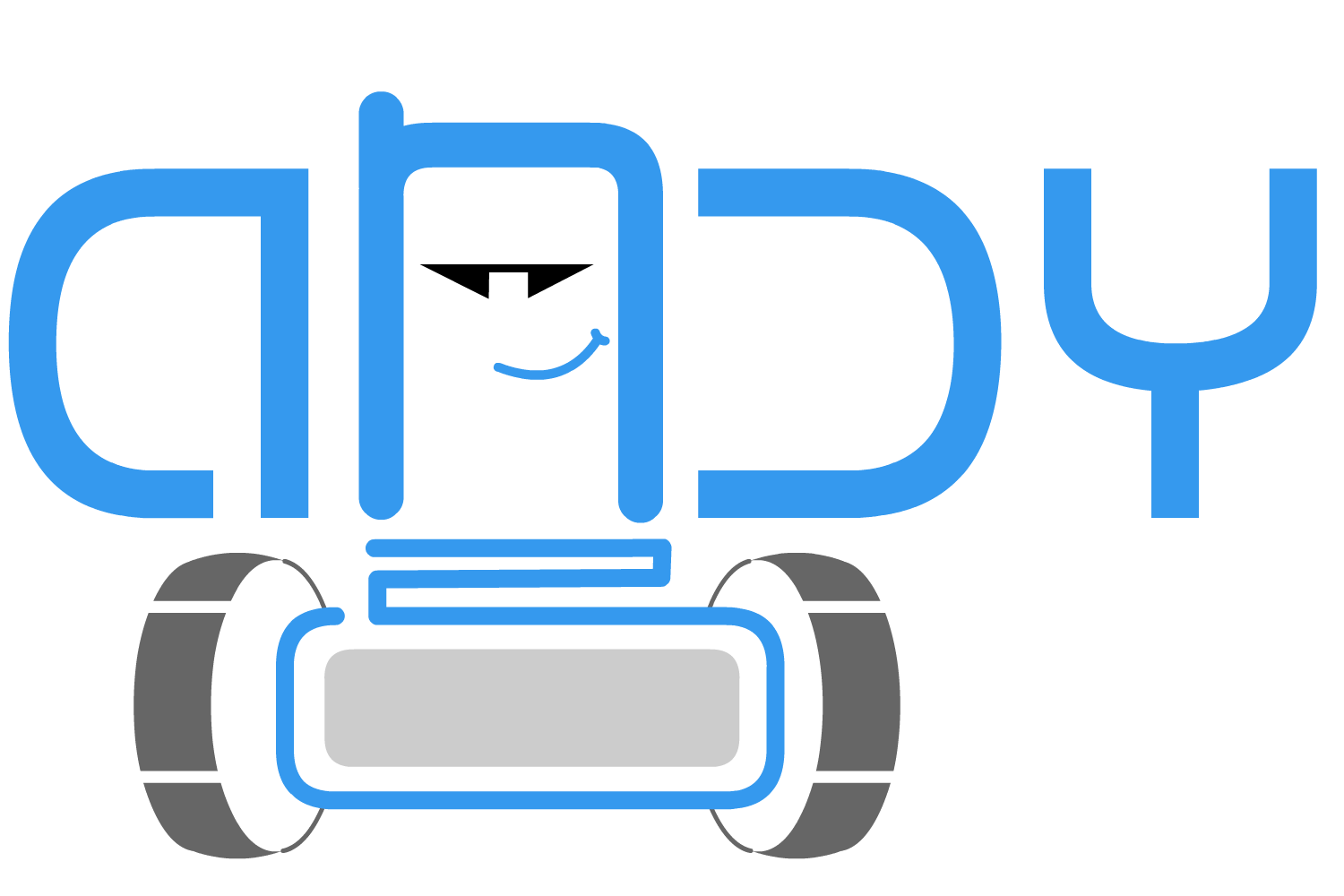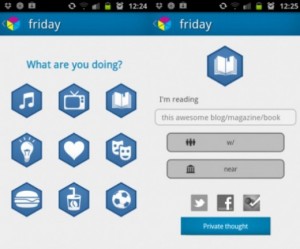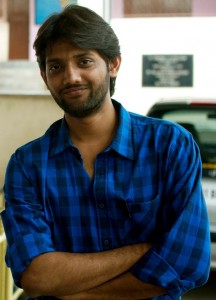Andy is a personal robot enabled by the intelligence of an Android Smartphone or any Android device. Personal or hobby robots till date have been unaffordable due to the high costs of the hardware involved. Abheek Bose, Andy’s creator shares the journey of building Andy and the factors that influenced its development.
What happened earlier in your career that led to your founding Andy?
Abheek Bose: We were always keen upon entering the educational and personal robotics sector but the challenge was keeping the price points low, especially for the Indian market.
After attending a mobile conference on advancement of smart phones, we identified an opportunity to utilize them and build cost effective robot systems for education and personal use
What is Andy and how does it add value to consumers?
Abheek Bose: Andy is a mobile robot platform that uses a Smartphone at its core.
On strapping the phone onto the Andy base, the entire phone becomes a part of the robot:
- Andy is therefore now equipped with sensors like Camera, GPS, Wifi, Bluetooth Compass, Microphone, Touch Screen just to name a few.
- Andy is also highly programmable where the user can either program Andy or simply download apps on the phone which make Andy execute various functions
- In short, Andy is a robot with very sophisticated features yet highly affordable on an individual basis (Typically such robots costs between $2000 – 5000 while Andy is below $120)
With Andy, students and hobbyists can now afford to own their personal robot, hack and develop various applications as well as share them with one another. Users of lower age groups can actually learn the concepts of computing and engineering using Andy in a more interactive and entertaining way.
What is your target market?
Abheek Bose: Anyone in the age group of 14 to 25 years is our target user group. Andy falls in the personal robotics market currently estimated to be around USD 1.3 billion.
What is your product’s differentiator from competitors?
Abheek Bose: If you really look at the differentiators, they fall into two categories, Technology and Strategic. As far as technology differentiators are concerned they are:
- Andy uses the Android Platform which is open source, well supported and maintains a strong developer community around it.
- The hardware schematics and software developed are open source and we are providing an SDK to enable the target user group further.
- Andy already has an initial developer community involving top educational institutes like IIIT-Bangalore, VJTI Mumbai and IIT-Bombay. This community is also growing rapidly with more engineering colleges and schools enrolling into our developer program
Operational and Strategy Differentiators
Andy supply chain is well established and streamlined with the necessary arrangements to go for mass production.
We have finalized with the suppliers for all the components including chassis, electronics, batteries and other peripherals and the process is also set where we can order in lots and receive the same in our office within 2 – 3 weeks time. Andy distribution involves various channels partners including Robot training companies (education) as well as large retail formats (consumer / personal) to maximize reach.
We have currently the following partners in the educational / community development space
- Gade Autonomous Systems, Mumbai
- Open Robotics Club, Indore
- VJTI, SRA, Mumbai
- Andy design has also been registered with the Registrar of designs to prevent copycat products.
What is the biggest challenge Andy has faced so far? How did you address the challenge?
Abheek Bose: Out of the many close contenders, the biggest challenge was to streamline operations.
It was critical that the suppliers of Andy parts were reliable, assured high quality and also within the target budgets.
The challenge was addressed (and we are still improving this) by trying out various suppliers during an early prototyping phase and creating procurement processes as well as conducting quality tests for the same.
Online portals like AliExpress and EBay were very useful to select the correct suppliers.
How has the recent Mentor program from Mindsphere helped your company? What mistakes/pitfalls has it helped you avoid?
Abheek Bose:Mindsphere has been absolutely crucial in Andy’s development. It is because of MindSphere’s involvement that we could complete the product launch from concept to the beta prototype in just 88 days!
Mindsphere has been involved in all aspects of the product development cycle since the conceptual stages taking on a crucial role in
- Prototype development and design ergonomics
- Market research, exploration & preparation (Go to market strategizing)
- Operations Management and Processes
- Project Financials and Budgeting
- Pricing Strategies
- Distribution Planning
What do the next 12-24 months hold for Andy?
The next steps with Andy would be to concentrate on Sales, Distribution and Community Development. In parallel we will also be working on next generation design and product improvements.
Abheek is Andy’s creator and oversees the development as well as the business of Andy. Abheek’s mechanical engineering and software development roots are responsible for the Andy body design as well as the base software. Abheek also manages the overall business growth of Andy and looks into new partnerships, markets and users. Abheek when not hacking on Andy, loves to play around with gadgets, listen to music and recently taken a liking to reading Dilbert! Abheek is also a big foodie and loves trying out new places to experiment.




